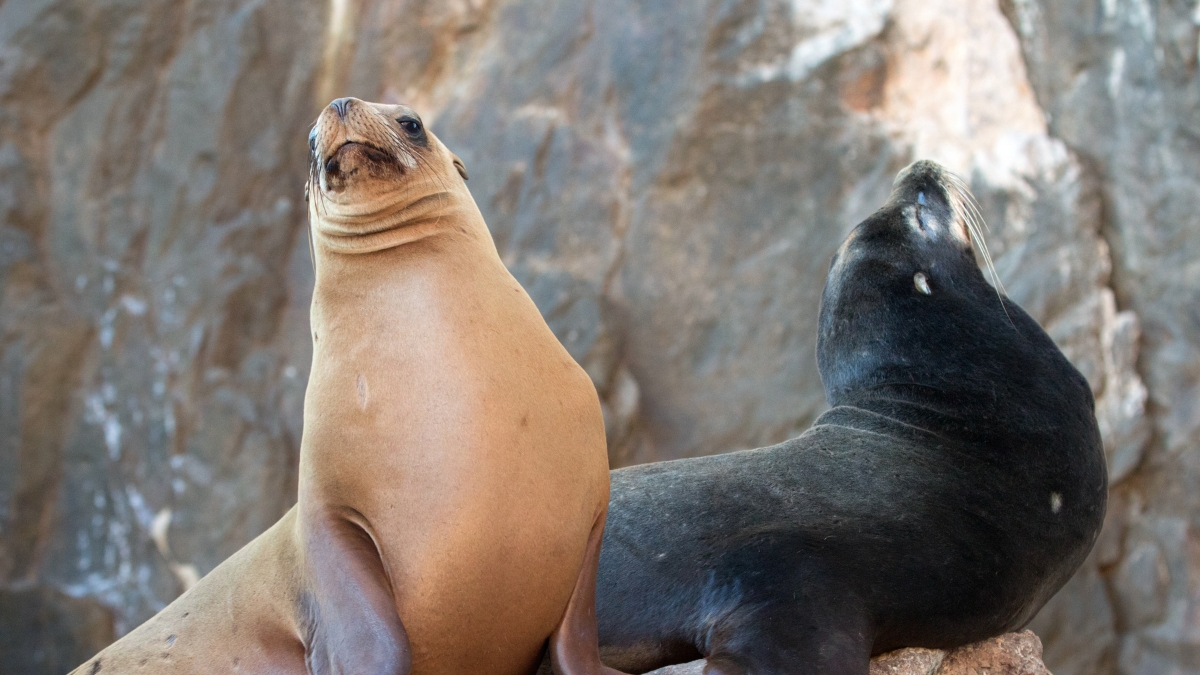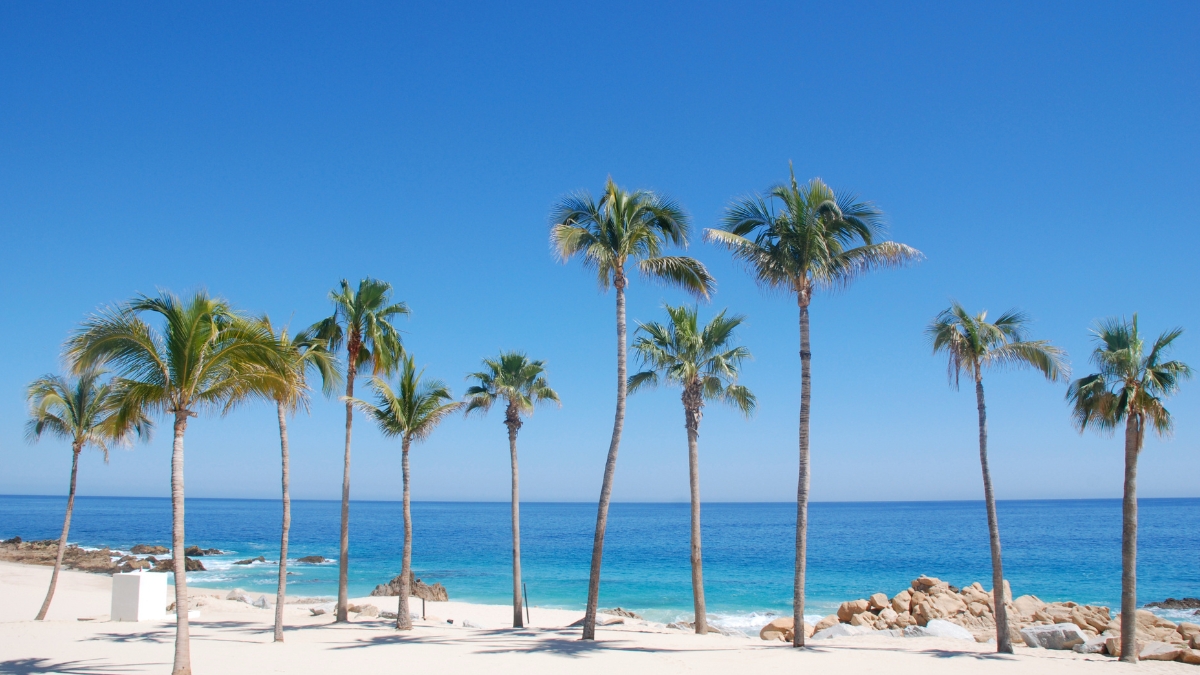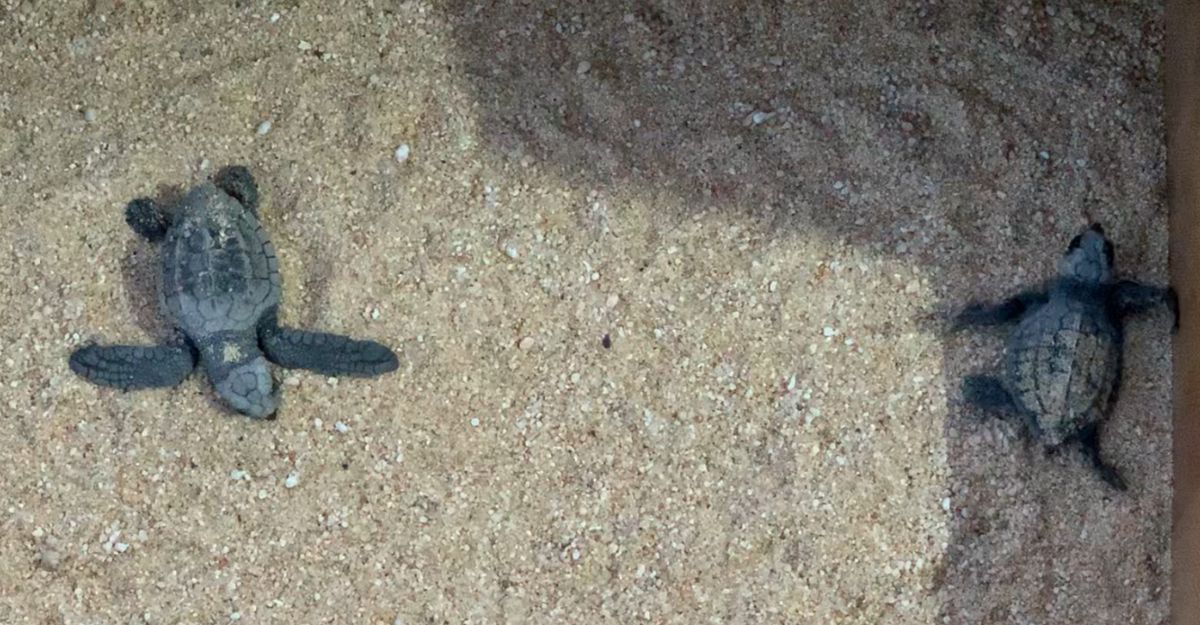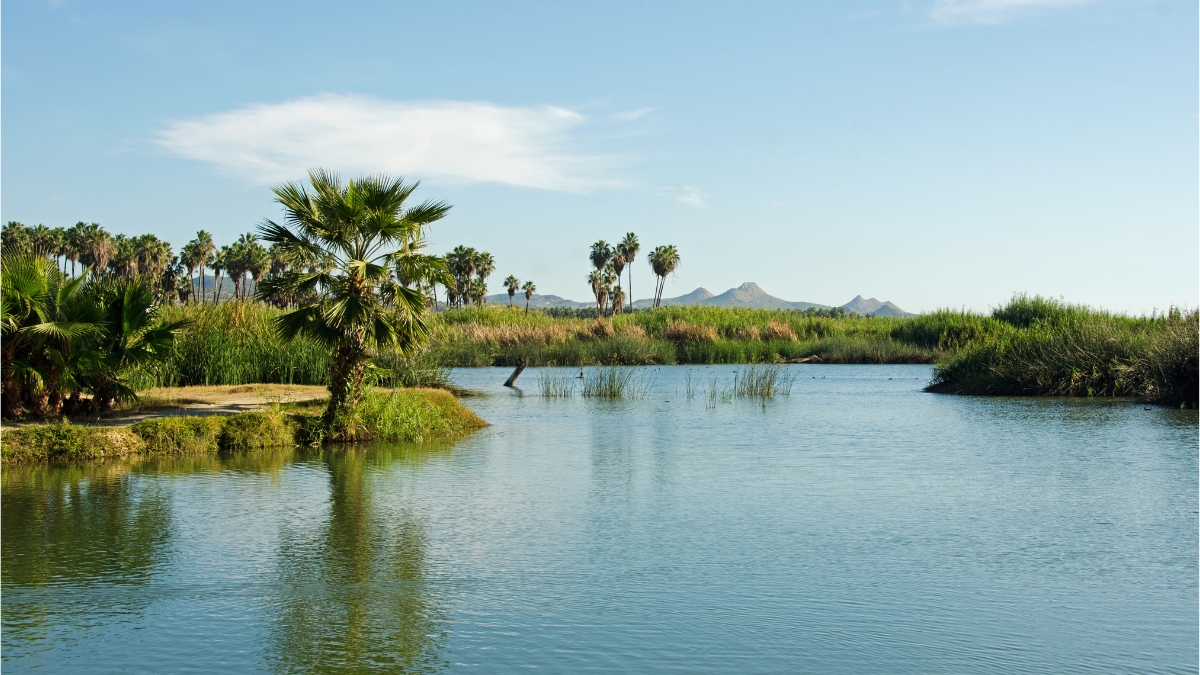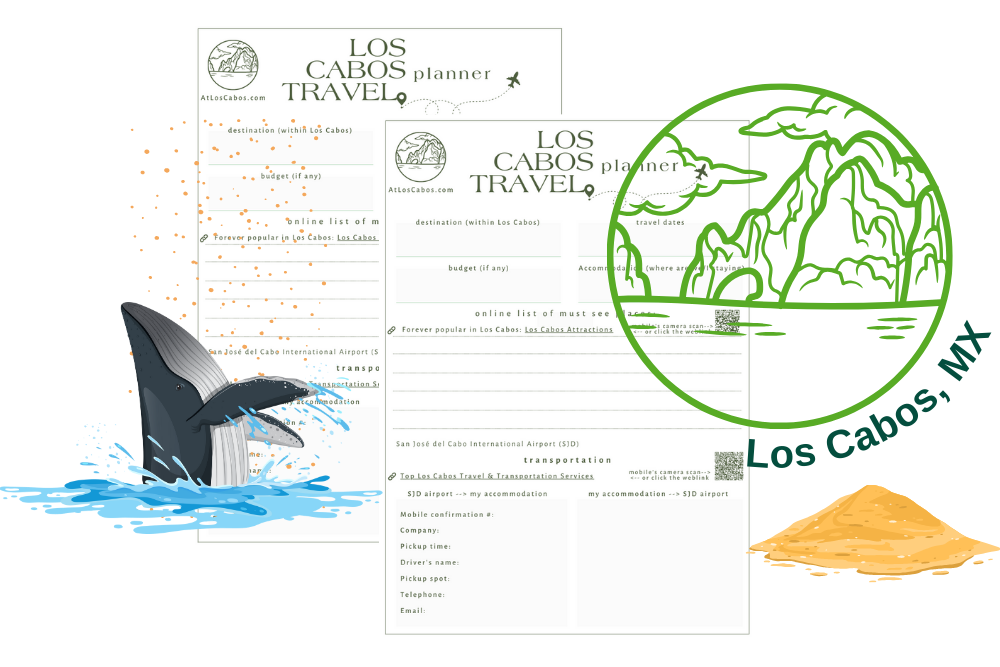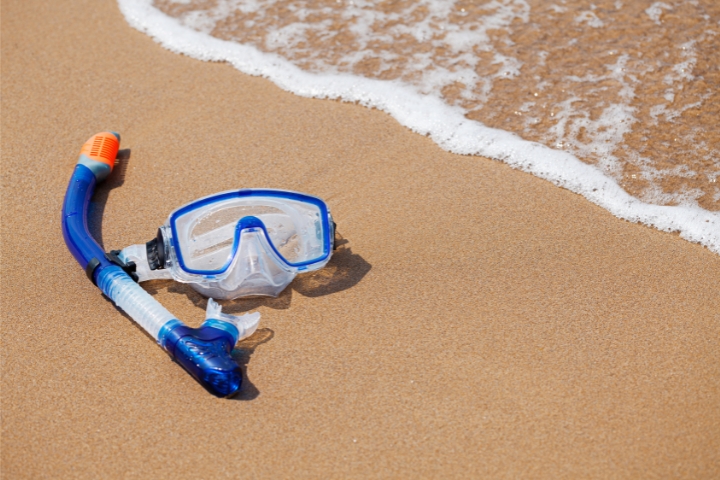Observing Sea Lion Colony Behavior
When visiting Los Cabos, visitors can explore the fascinating world of sea lions and observe their behavior in a natural habitat.

The World of Sea Lions
Sea lions are social creatures known for their playful nature and impressive underwater agility. They are typically found in large groups, known as colonies, where they engage in behaviors that provide insight into their social structure, communication methods, and overall way of life.
They prefer sandy beaches or rocky coves for breeding and haul-out sites, and during warm weather, they hunt and cool off in the ocean.
The Sea Lion Colony in Cabo San Lucas Bay offers a quick view into that world. Visitors may witness sea lions sunbathing on rocks, engaging in playful behavior, or hearing the cacophony of their loud barks echoing through the air. Explore the short article on sea lion colony facts for more detailed information on sea lions.
Factors Influencing Sea Lion Colony Behavior
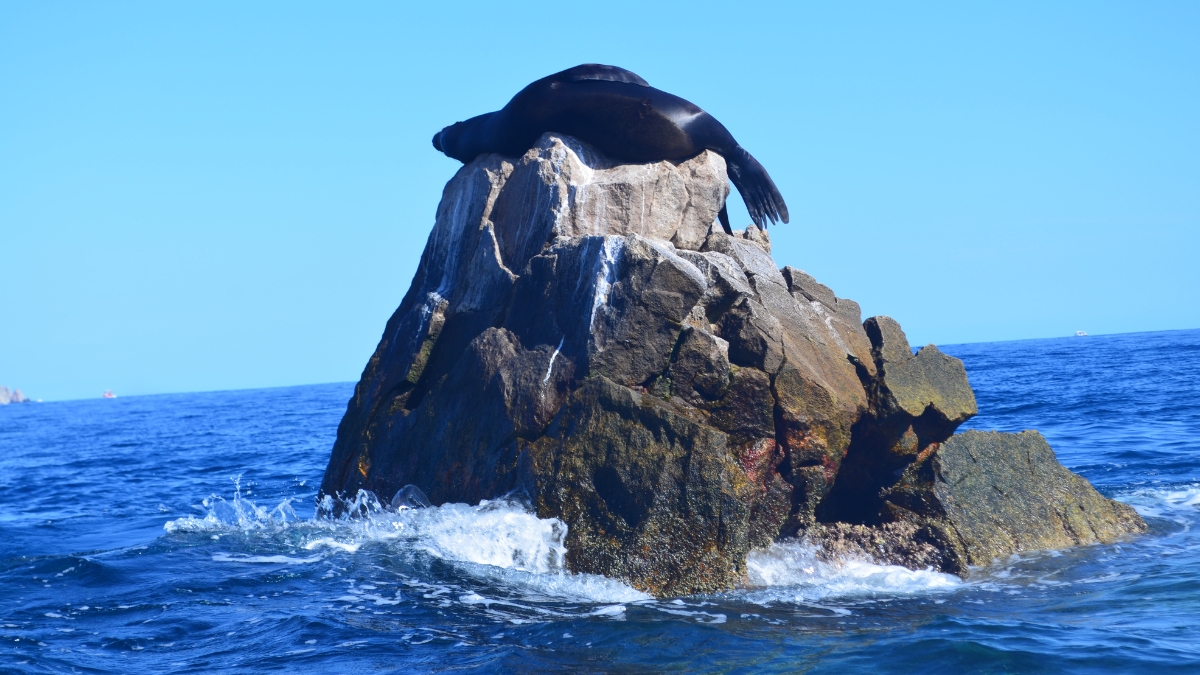
Numerous factors can influence the behavior of a sea lion colony.
The habitat
One of these factors is the colony’s habitat. Sea lions need access to land and ocean, using land for activities such as rest, breeding, and molting and the sea for feeding. The nature and availability of these resources can significantly affect the behavior and health of the colony.

Food availability
Another influential factor in sea lions’ behavior is the availability of food. Sea lions mainly feed on fish and squid, and the abundance or scarcity of these resources can significantly impact their behavior and survival. The open ocean environment, yet protected, guarantees a study’s supply of food.
Seasonality
Seasonality also plays a crucial role. During the breeding season, adult males become territorial and compete to secure a breeding territory and attract females. Conversely, females give birth during this time and exhibit nurturing behaviors towards their pups.
Human Activity
Finally, human activities, such as tourism, fishing, and environmental changes, can also significantly impact the behavior of sea lion colonies. Therefore, it’s crucial to remember to respect their space and observe from a safe distance during your visit.
Observing sea lion colony behavior is entertaining and a chance to learn more about these fascinating marine creatures and their complex social structures.
Behavioral Patterns of Sea Lions
Video: Cabo Private Guide
Unraveling the mysteries of the sea lion colony behavior offers a glimpse into the fascinating world of these marine mammals.
Their social interactions and reproductive behaviors are particularly intriguing. These behaviors are subject to various factors, including their environment, food supply, and season.

Social Interactions within the Colony
Social behavior is a significant aspect of sea lion colony life. Sea lions are highly social creatures, often seen huddled together on beaches or rocks, especially in the Los Cabos area.
Each sea lion colony comprises various subgroups, including pups, juvenile males and females, adult males (bulls), and adult females (cows).
The adult males often establish territories during the breeding season and guard them fiercely against rival males.
Sea lion pups and juveniles engage in playful behavior, which helps them develop skills and establish social bonds.
Adult females generally form close-knit groups, providing collective care and protection to their pups.
Reproductive Behavior and Communication
Territories
Sea lions’ reproductive behavior is closely tied to their social structure. During the breeding season, adult males establish and defend territories where they hope to attract females. These territories are usually prime areas with easy access to the water and ample space for the females and their pups.

Communication
Communication plays a vital role in the sea lion’s reproductive behavior. Sea lions convey messages through vocalizations, body postures, and tactile interactions. For instance, adult males often use roars to establish dominance and deter rivals, while females and pups communicate through softer vocalizations, enabling them to recognize each other in the colony.
The breeding season, typically during the summer, offers an exceptional opportunity to observe these behaviors firsthand. Consider booking a sea lion colony tour if you want to witness these behaviors.

Understanding sea lion behavior offers invaluable insights into their ecology and the challenges in their natural habitat.
This knowledge is essential for their conservation and management and contributes to the efforts to protect these fascinating creatures and their habitat.

